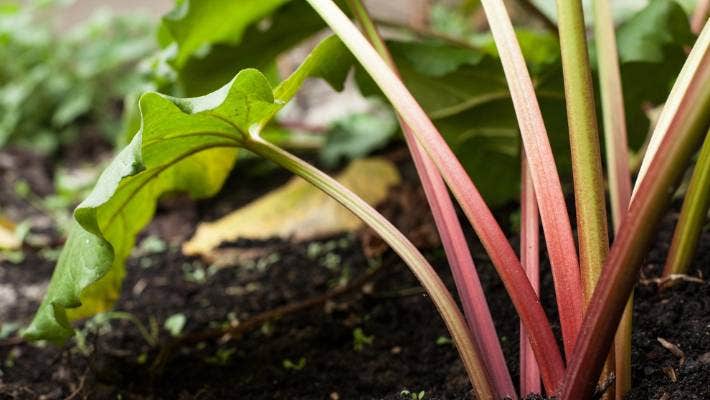
Health Benefits of rhubarb
Share
RHUBARB
Rhubarb originally stems from Asia, but was brought to Europe in the 1600s and America not long thereafter. The stalks are the only edible part of the rhubarb plant. These have a rich, tart flavor when cooked. The leaves of the rhubarb plant are toxic—they contain an irritant called oxalic acid
—so be sure that they are not ingested.

Health Benefits of rhubarb
Excellent source of vitamin K, which is an essential vitamin for bone health and blood clotting. The vitamin A in rhubarb may also help to fight free radicals that cause skin damage and premature aging, keeping your skin looking healthy and youthful. It’s also high in antioxidants,
and many other important vitamins and minerals that provide a variety of health benefits.
Source: www.webmd.com
Excellent source of fiber, which helps to lower cholesterol. Studies show that rhubarb helps lower your bad cholesterol levels as well as your total cholesterol. Lower cholesterol levels reduce your risk for heart disease and heart attack. The vitamin K in rhubarb may also aid in preventing the calcification of blood vessels. The antioxidants in the vegetable also provide anti-inflammatory effects, which can further help to protect your heart health. The fiber in rhubarb helps keep things moving through your digestive tract, preventing problems such as constipation. It also contains compounds called sennosides, which act as natural laxatives. The tannins in rhubarb also provide anti-diarrheal effects. Source: healthline.com
Nutrients: A 3.5-ounce (100-gram) serving of cooked rhubarb
- Calories: 116 / Carbs: 31.2 grams / Fiber: 2 grams / Protein: 0.4 grams
- Vitamin K1: 26% of the DV . Calcium: 15% of the DV / Vitamin C: 6% of the DV / Potassium: 3% of the DV
Rhubarb Lentil Soup
Vegan, Gluten-Free
Ingredients
- 1 tablespoon olive oil
- 3 large carrots, peeled and thinly sliced • 3 stalks of celery, thinly sliced
- 1 cup of red lentils* • 1 cup of chopped rhubarb
- 2 vegetable bouillon cubes • 4 cups of water
- 1 tomato, chopped • 1 handful of chopped parsley**
Preparation
- Heat a medium sized pot on the stove at a medium heat.
- Add the olive oil and the carrots.
- Sautée the carrots for 8-10 minutes, then add the celery and sautée the mixture for a few more minutes.
- Rinse your lentils and then add them with the vegetable bouillon cubes, water, and tomatoes.
- Cook the mixture for 10 minutes.
- Add the rhubarb and parsley** and cook everything for another 10 minutes.
* Lentils from a can is fast & easy. I use dried lentils- so, soaking & cooking is required prior to making the soup.
** Parsley substitute: Pea microgreens
